Electric Scooter Chaos
There are rules for everything, except for electric scooters. At least, that used to be the case a few years ago in many American and European cities. They have arrived rapidly in the urban landscape; so rapidly that local governments could not design adapt their laws quickly enough. In the city, electric scooters, or better: their users, continuously create chaotic and ambiguous situations: pavements are blocked by parked scooters, scooters are left parked at the edges of their geofenced area withering with the weather and generally, it remains unclear, whether they are supposed to be ridden on the pavement, on the bicycle lane or the street. In fact, it seems as if scooter riders can alternate between different lanes and park in whatever way the phone application permits. But little by little, urban policymakers are adapting in accordance with the companies providing scooters, and increasingly, designated parking areas and urban signage taking scooters into consideration are added.
So far, so good. However, in many places, such regulations are still missing, unclear or vague, so suggested by the deputy mayor of Tallinn, for example, that electric scooter parking “[…] would be [banned] […] on streets with narrower sidewalks.” If a narrow sidewalk is one meter or two meters wide remains left to the user’s interpretation. Then, one could think that in the Netherlands, Germany, or Belgium, where wide and extensive bicycle lanes are already in place, electric scooters may be smoothly integrated, but are cyclists willing to share their hard-fought-for space?
Rise of Micromobility
Electric scooters fall into a category of transport that can be called micro-mobility. Bicycles, segways, non-electric scooters, skateboards, longboards, wheelchairs, and Starship delivery robots (as described in another article) could vastly be assigned to the same category. It is clear that other sub-categories could be applied to divide these different vehicles – such as power (electric or manual), usage by average age, distance, etc., but here, my aim is to give an overview. For the last decades, most cities on the globe had four main modes of transport. These included car and public transport on one side and bicycles and walking on the other.
Electric scooters (and other forms of micro-mobility) are the fifth – a completely new style of movement. Sometimes, a scooter ride may replace any of the other means of transport, sometimes not. In an article called How will e-scooters transform urban spaces? Samira Dibaj, a doctoral student from Aalto University in Finland, explains: “We see that e-scooters are used in both functional and fun ways,’ […] Leisure trips are the main use in both the US and Europe, she explains, but e-scooters substitute for taxis or ride-hailing services in US cities, while in European cities they usually replace bus or tram use. […] The claim is that e-scooters offer a new platform, but they don’t actually expand mobility for people who couldn’t use current options, like the elderly, disabled people, or young children – groups that don’t currently use e-scooters.” Electric scooters are additionally to rather than instead o,f and thus, space in already congested cities gets tighter and tighter.
Ride, if you can…
Micromobile vehicles work better for some cities than others as well as in some parts of the city better than in others. Dense, cobble-stone old towns are not the right environment for most scooters, but large residential areas with bicycle lanes, wide and open pavements, and perhaps not-so-efficient public transport are great. Ideally, riders are not limited by geofences and speed limits as much as currently, but that is another aspect to be discussed later. Here, I want to dwell on the question of where one is actually allowed to scooter.
An overview from the United States, given by the People Powered Movement – an organization aiming to make America a more friendly place for cyclists and pedestrians – reveals a confusing situation: “Two states, Delaware and Pennsylvania, do not allow e-scooters on roads. In these states, you cannot ride your e-scooter in an on-road bike lane. In eleven states, you cannot ride your e-scooter on sidewalks. In these states, you must ride your e-scooter on the road. Typically, this means you must stay to the far right of the road or ride in the bike lane. In the remaining states, you must look at the specific laws that apply to e-scooters. […]For example, in Michigan, you cannot ride your e-scooter on roads with a speed limit higher than 25 miles per hour. In Oklahoma, you can ride on roads with a speed limit of up to 35 miles per hour.” Whereas regulations make sense to be locally different, one may ask oneself the following question: How many limitations can be added without limiting the incentive of using an electric scooter?
In a science daily article called “How e-scooters can safely operate in a city” by the Swedish Chalmers University of Technology, the safety of scooters in the city is explained as follows: “Commonly voiced concerns are that e-scooter riders break traffic rules, ride too fast, and park inappropriately. Perhaps most concerning is that crash databases, as well as insurance claims, show a clear and disproportionate rise in crashes as the number of e-scooters increases. Local authorities have sought to address these concerns through measures such as speed restrictions, requiring users to wear helmets, designated parking areas, and limiting the number of scooters or operators allowed in the city – or even outright bans […] The two vehicles [bicycle and electric scooter] showed distinct advantages and disadvantages through the different scenarios […]. ‘We can say that the best strategy for a cyclist and an e-scooterist to avoid the same crash may be different – either braking or steering away.’ A winding path might be easier for e-scooterists than for cyclists, whereas a cyclist might find a narrower path, with low light less challenging than an e-scooterist.”
Parking then is a topic little discussed. On one hand, cities have started to designate parking spots for scooters. The good thing: In most cities, these spots are not mandatory and rather suggestions. Personally, I find myself using these areas when it is convenient – and it almost never is. There are not enough and in some ways, these parking spots are designed to avoid the common pavement littering with electric scooters rather than to make their usage easier. Where there are no such parking areas, every scooter parked at an intersection is already better than every scooter parked alongside a long road. Moreover, every scooter that is parked on the side of the pavement is already a success – why do bicycle lanes actually do not have on-street parking? Overall, safety is undeniably an important aspect, but currently, the situation puts too many rules in place for an otherwise adequate mode of transport.
Scooterist’s Education
A suggestion: A different functionality of the app may be better than more limitations. Proper parking, and safe driving (which does not have to mean slow) may decrease the price a person has to pay for riding an electric scooter. Good behavior can be rewarded and not only, as it is currently, bad behavior punished. Wrongly parked scooters may then lead to a higher bill at the end of the ride, perhaps even adding a day or two of not being able to use an electric scooter overall.
Additionally, as Poland, for example, has suggested: “Users under the age of 18 are required to hold a bicycle card or a driving license. The new rules also prohibit riding while intoxicated or under the influence of alcohol or a substance having a similar effect to alcohol, carrying other persons, animals, or objects, and pulling or towing an electric scooter or a personal transport device of other vehicles.” Riding safely, or perhaps, making a riding course that aims at increasing scooter awareness in the city might participate in a broader and better placement and implementation of electric scooters. Often, kids have already manually pushed scooters and a Sunday afternoon workshop for adults in a local park may further help to get a grip on this (still) novel technology. In return, politicians may promise to re-allow scooters in certain areas with higher velocities.
What’s the matter, actually?
Micromobile vehicles, such as electric scooters, are a cause of micro-conflicts: Pedestrians feeling threatened by teenagers speeding on the pavement, kicked over scooters blocking bike lanes, car drivers irritated by scooter movements, two or three people riding on one scooter without any traffic awareness – to make the point clear, one may imagine a car not being regulated to the extent that it is. On the one hand, such conflicts can be avoided by physical measures: clear regulations and riding lanes might help but not work without education and training. But the matter is bigger than just the scooters. Tech companies have changed the urban landscape – seemingly – overnight, and lawmaking is a slow process. Thus, instead of limiting, urban planning needs to be adaptive and flexible, able to encounter the movements of the future.
One may wonder: Where would aerial delivery drones be placed in this already dense urban context and where do I ride my scooter if there is no pavement at all next to the highway? One common answer to many of these questions may sound familiar: If more space is needed, it needs to be cut off from someone else. Without opening this debate, it is clear who has received the biggest portion of space in the cities. Car (and later bicycle) access has been prioritized for a very long time, but electric scooters tell us that space at the side of the road is scarce, and accidents, complaints, and conflicts give testimony to that.
Learn with PAACADEMY: Check out the workshops at PAACADEMY to learn from the industry’s best experts how to use advanced parametric design tools, AI in design workflows, and computational design in architecture!





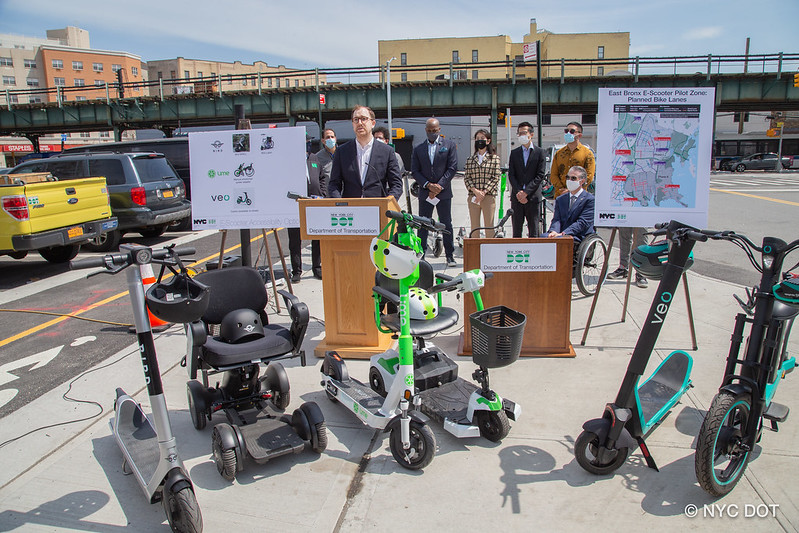
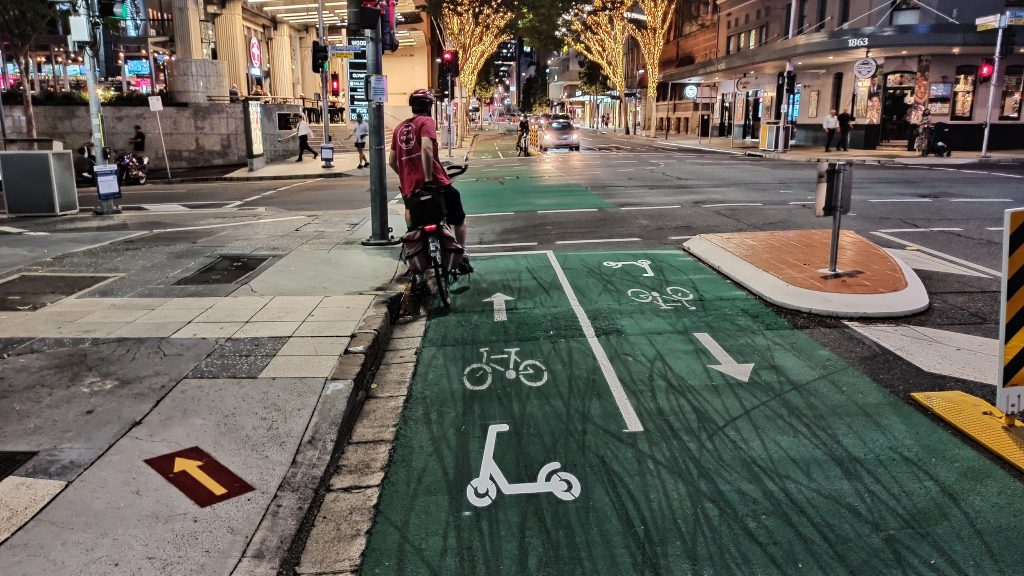
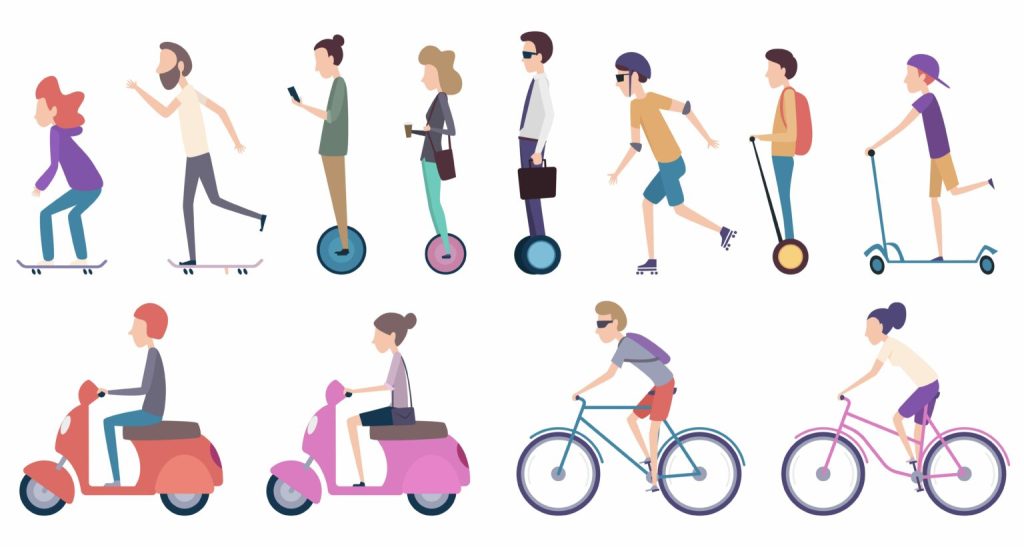
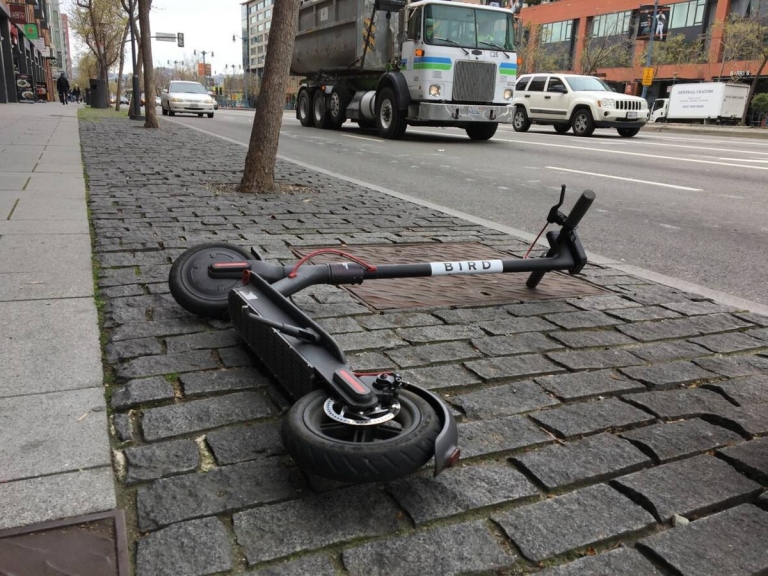
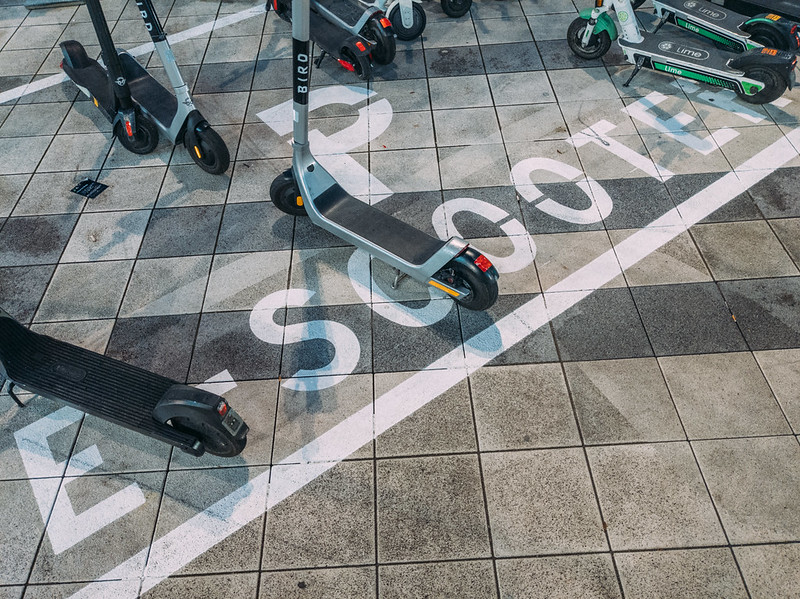
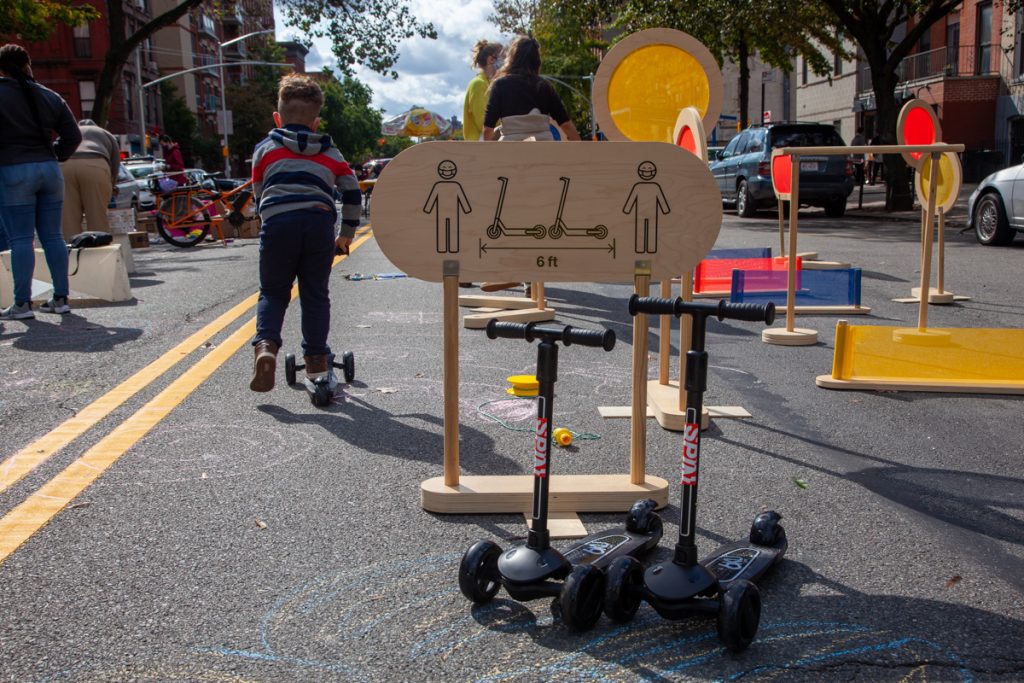













Leave a comment